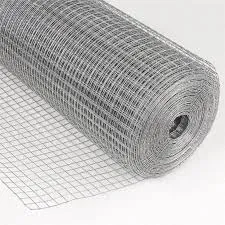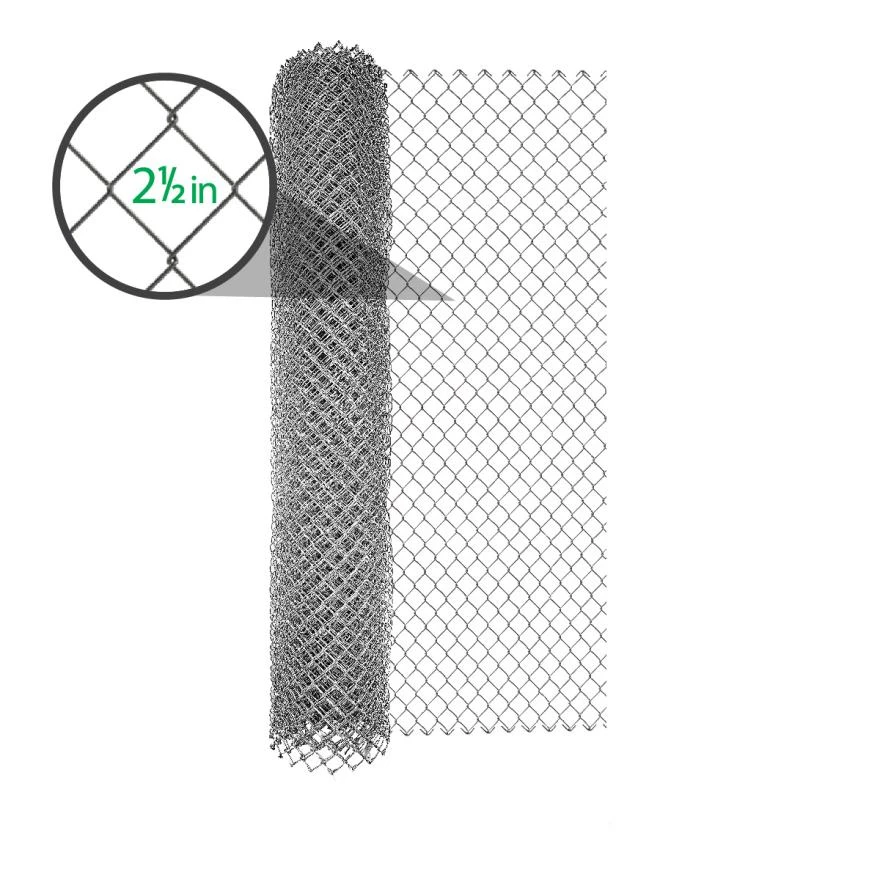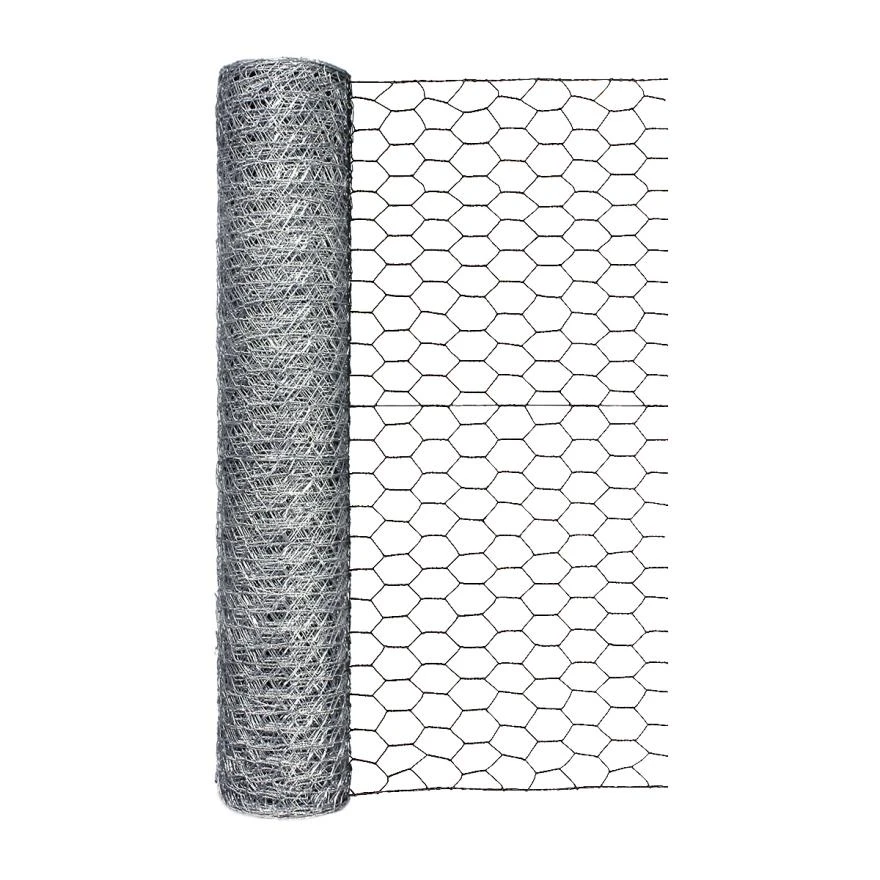Choosing the Right Galvanized Nails for Effective Sheathing Applications
ديسمبر . 04, 2024 07:20
The Importance of Galvanized Nails for Sheathing in Construction
When it comes to construction, especially in residential and commercial buildings, the choice of materials is crucial for ensuring durability, safety, and aesthetic appeal. Among these materials, nails play an often-overlooked yet vital role. Specifically, galvanized nails are increasingly recognized for their effectiveness in sheathing applications. In this article, we delve into the significance of using galvanized nails for sheathing in construction, examining their benefits, applications, and best practices.
What is Sheathing?
Sheathing refers to the layers of material used to cover the exterior of a building, typically found between the framing and the exterior finish. Common sheathing materials include plywood, oriented strand board (OSB), and foam board. This layer not only provides structural integrity to the walls but also contributes to energy efficiency and moisture management. Properly installed sheathing is essential for the stability of a building, supporting insulation and preventing air and water leaks.
The Role of Galvanized Nails
Galvanized nails are steel nails that have been coated with a layer of zinc to protect against corrosion. This coating provides several advantageous properties, making galvanized nails particularly suitable for sheathing applications.
1. Corrosion Resistance One of the primary benefits of using galvanized nails is their resistance to rust and corrosion. In construction, nails are often exposed to moisture, particularly in areas prone to rain or high humidity. Galvanized nails resist deterioration over time, ensuring long-lasting performance and structural integrity.
2. Strength and Durability Galvanized nails maintain high tensile strength and are designed to withstand physical stress. This is crucial in sheathing applications, where nails must endure tension and shear forces.
3. Cost-Effectiveness Although galvanized nails may have a slightly higher upfront cost than non-galvanized options, their longevity and reduced maintenance needs make them a cost-effective choice in the long run. Building owners can avoid frequent repairs and replacements, resulting in significant savings over time.
4. Versatility Galvanized nails are available in various sizes and types, making them suitable for multiple sheathing materials, including plywood and OSB. Their adaptability allows builders to select the appropriate nail for each specific application.
Applications of Galvanized Nails in Sheathing
Given their benefits, galvanized nails are widely used in various sheathing applications
galvanized nails for sheathing

- Residential Construction In house framing, galvanized nails are commonly used to secure sheathing panels to wooden studs. This not only reinforces the structure but also enhances thermal performance by ensuring a tighter envelope.
- Commercial Buildings In larger commercial structures, where sheathing can cover substantial areas, the use of galvanized nails decreases the risk of failure and contributes to the building’s overall lifeline.
- Remodeling and Renovations When updating a building’s exterior, using galvanized nails for new sheathing ensures compatibility with existing structures, providing a cohesive and durable finish.
- Weather-Resistant Construction In coastal or high-humidity areas, where moisture exposure is expected, galvanized nails are essential for preventing rust-related issues.
Best Practices for Using Galvanized Nails
To maximize the performance of galvanized nails in sheathing, several best practices should be followed
1. Proper Installation Ensure that nails are driven straight and flush with the surface of the sheathing material. Over-driving can cause damage, while under-driving may compromise structural integrity.
2. Correct Spacing Adhere to local building codes for nail spacing. Proper spacing ensures even load distribution and prevents weak points in the sheathing.
3. Choose the Right Size Select nails that are appropriate for the thickness of the sheathing material. This ensures that the nails provide adequate grip and support.
4. Storage and Handling Store galvanized nails in a cool, dry place to prevent premature corrosion from exposure to moisture during storage.
Conclusion
In summary, galvanized nails are an essential component of sheathing in construction. Their corrosion resistance, strength, and versatility make them an ideal choice for securing sheathing materials. By utilizing galvanized nails, builders ensure their structures are durable, safe, and cost-effective. As construction standards continue to evolve, the importance of selecting high-quality materials like galvanized nails will remain paramount in achieving long-lasting and resilient buildings.









 Unity
Unity Creation
Creation Challenge
Challenge Contribution
Contribution










